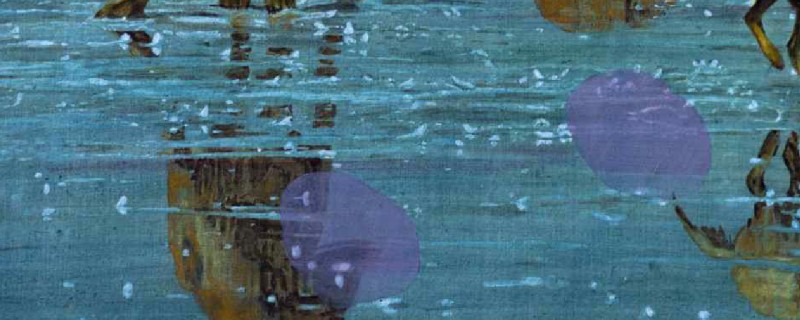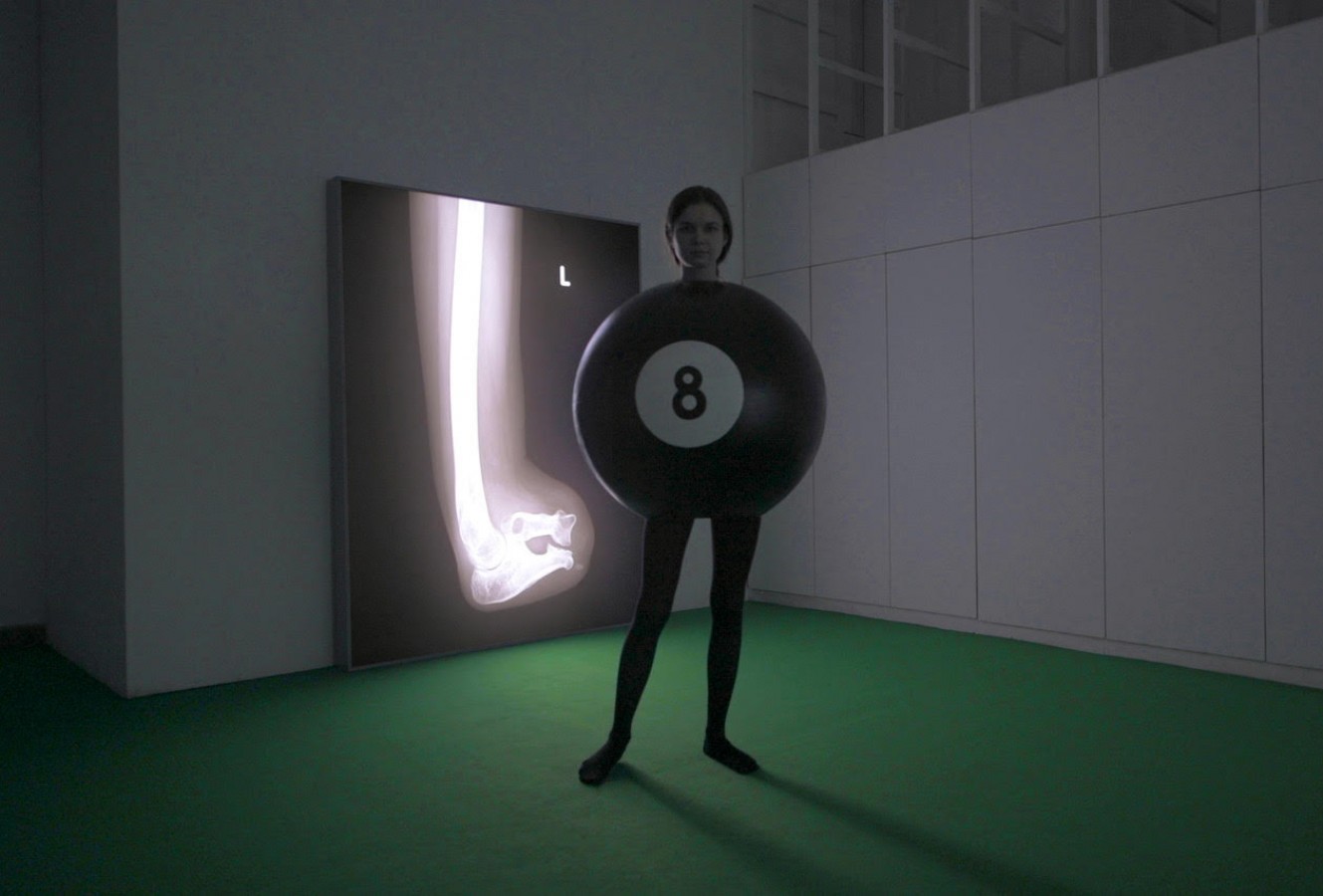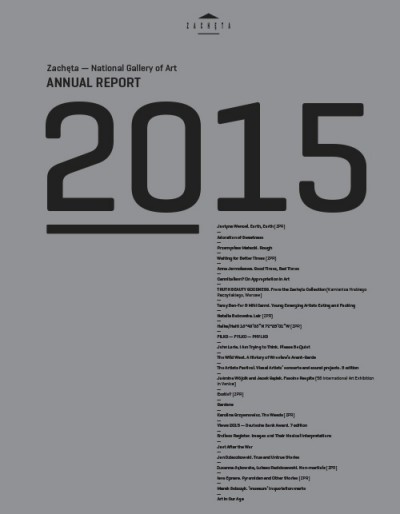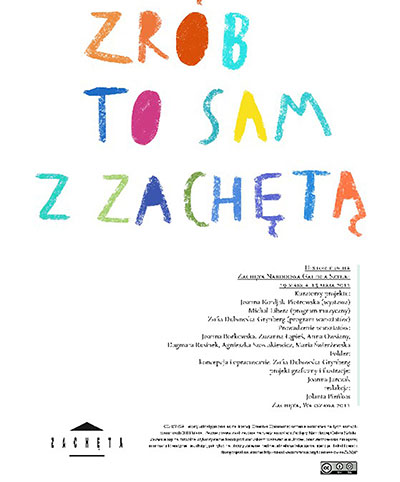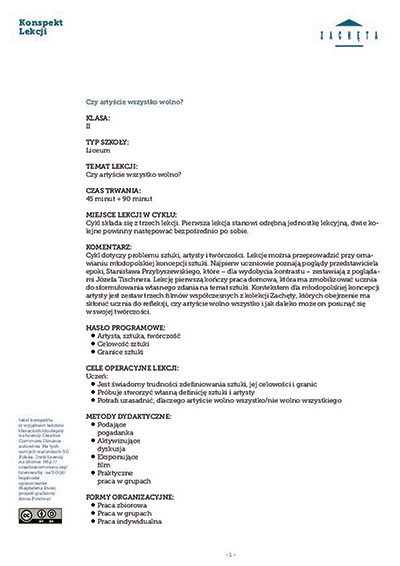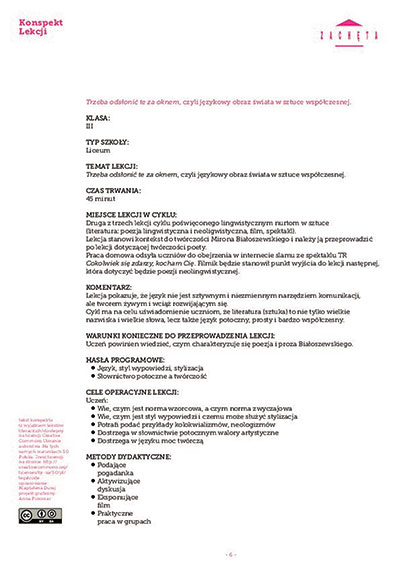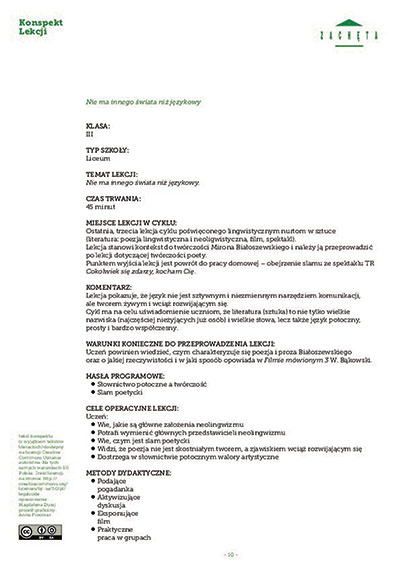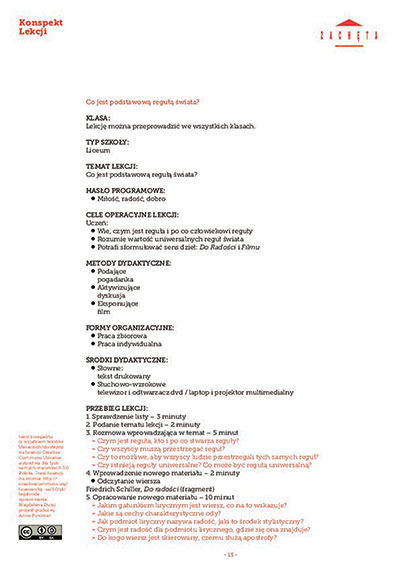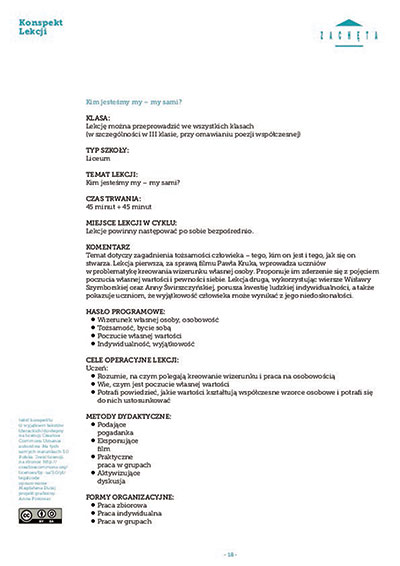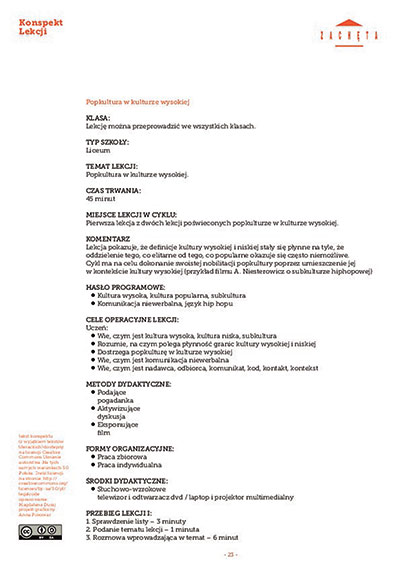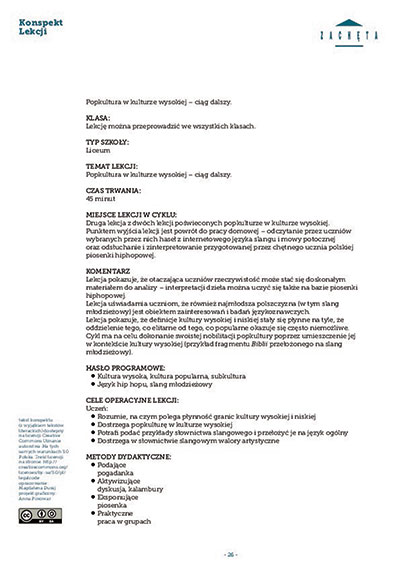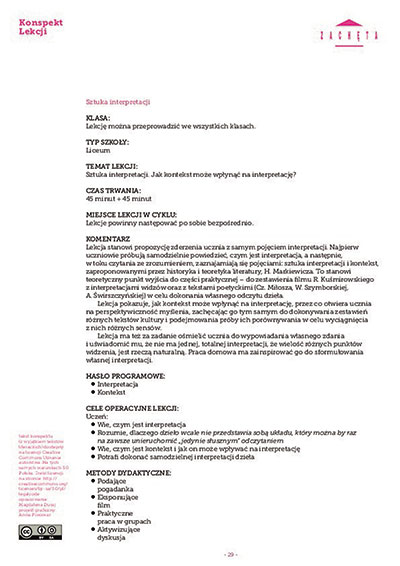Publication date: 03.08.2021
I’m really glad we could talk today. I have been observing your creative work since you were a student, and it has made a great impression on me. When Zachęta organised a competition with the British Council, I had a feeling you would be making a submission. I'm glad you did because you represent a very high standard. You deal with some tough subjects and you’re a strong personality; let’s talk about your artistic practice.
For me, a very important moment was being invited to my very first performative action, which I was going to perform in front of an audience. That was at the Labirynt Gallery in 2017. At that stage, both in life and in art, I had specialised in pretending to be someone with a normative body, assisted by my clothes, the prosthesis, and precise choreography. So a situation in which viewers would be able to look at my body from all directions, in motion, presented me with a difficult choice: I had to decide whether to hide my body or highlight its uniqueness. Back then, I decided to hide behind a cardboard structure, but I began to understand that art is an area in which a very personal process may take place. While working on my master’s diploma with Prof. Mirosław Bałka, in the Activities in Space Studio of the Academy of Fine Arts in Warsaw, I started to examine the sources of my internalised shame and emancipation strategies. I decided to work at the intersection of two seemingly diametrically opposed themes: on the one hand, marginalised disability, and on the other – omnipresent entertainment. As I worked, I discovered that these subjects are strongly related historically, through such things as 19th-century freak shows or people with unusual bodies being court jesters. These examples have much in common with performative practice and the exhibition of objects in museums. Through entertainment, through providing visual pleasure, I try to pull people into a subject that is perceived as difficult and unattractive. I look for visuality in harmful cultural patterns, which I try to reclaim and reforge into elements that give strength and construct identity. I also decided to go in this direction because the subject of emancipation and individuality in the context of disability was until now invisible in mainstream art.
That’s interesting. You speak of non-normative bodies as extraordinary bodies. One may wander: what are these extraordinary bodies? Is it about the attractiveness of the body, an ideal? But your definition is completely different because you focus on the non-normative body. Why do you use this specific term and promote it?
I borrowed the word ‘extraordinary’ from Rosemary Garland-Thomson and her book by the same title. I use it interchangeably with the word non-normative. The discussion is still ongoing, what terms should be used. The expression ‘disabled person’ contrasts with ‘person with disability’. When I speak about myself, I usually use ‘disabled person’. I came to it thanks to performer Mary Duffy and Prof. Harlan Hahn, who believe that to use euphemisms is to suggest a tragedy in our situation — that we have to dress it up in gentle words.
According to many people, the term ‘people with disabilities’ suggests that disability is a trivial thing, an extra, rather than something excessive. But we, the Deaf community, hate the term ‘disabled people’. We don’t want to be considered disabled people or people with disabilities. We don’t feel disabled; we just have our own culture. And yet I am always seen as hearing impaired; the focus on the issue of hearing is very strong here. It shows who we are in the eyes of the normative majority. This medical point of view is caused by the pattern and model of the average person. The point of view of the normative person strongly affects the perceptions of the entire society.
You’ve said a bit about the perspective of normative artists, how they perceive people who are excluded. They try to speak on behalf of these people, or to use their non-normative bodies in order to demonstrate something. Sometimes it seems like the end is justified, but then it turns out to be something completely different than how we perceive ourselves. People pity us, they look at us with concern, and it has nothing to do with our lives. Or they feel amazed that we’ve managed to accomplishe something.
Yes, you're right. Generally, I think that in art, speaking on behalf of a marginalised group is risky, especially if it’s a group that’s denied a voice of its own. Sometimes, like you said, despite the good intentions, we find out more through such actions about the boundaries of normativity set out by the artist than about the essence of the issue itself. In such cases, there is objectification, over-glorification, attempts to fix us, or to inspire the viewer to do something, as is the case with ‘inspiration porn’. Similar treatments of other minorities would arouse controversy, and yet we are only now beginning to speak of it in the context of disability. Going back to what you said: I would like disabled people to be perceived as a cultural minority that deserves a subjective position in the art world, and not as individual medical cases who present an opportunity for the artist to portray themselves as a benefactor. Polish critical art of the 1990s gained notoriety for tackling this topic, and although I came from a position of rebellion against those depictions, I am probably also continuing this tradition in some way.
I recently spoke about this at a meeting with Artur Żmijewski, a representative of critical art. He said that he initially took up this subject because he was interested in it, he wanted to show it somehow, but now, after time has passed, he believes he could have done it differently, perhaps choosing a different medium, different form. There was a time when this group had no voice. That’s changed now, there are various tools and theories, many people are aware that they can accomplish something. Previously, non-normative or disabled artists were not included in mainstream art, it was difficult to see them anywhere. This was linked to the social system — how the ideal was perceived, what ideals were promoted, and how it affected institutions. Cultural institutions showed what society was interested in. We have to fight to change this way of thinking, to show that we can be part of mainstream art, too. We know that there is much changing in this aspect and that cultural institutions that have contact with the audience play a significant role in this process. I believe that it is here that we need to act.
The visibility of such creatives is very important. A young person growing up with a disability looks around the world of media, entertainment, and institutions and does not find anyone with whom they could identify and adopt a role mode. The result is alienation and internalisation of prevalent prejudices. That’s why I was so glad to see Mari Katayama’s work at the last Biennale in Venice. I felt frankly euphoric that works by an artist tackling the subject of her own non-normative body received wider acclaim. But just making the body visible is not enough — it's important to also show the person, who had identity and individuality. On equal terms, not just in special circumstances. As a teenager, I rarely saw people with bodies like mine, and they were usually depictions of social degeneration, post-apocalyptic, or charitable. It also doesn’t help that in pop culture, bodily differences are usually the domain of characters that are incarnations of evil, like horror films.
I remember your work Supernormal — very current in the context of contemporary phenomena. Recently, there was a discussion of fashion for ugliness and there were voices saying that fat people must lose weight. That’s how we imagine a normal person. Rosemary Garlad-Thomson said that a normal person is one who is good, true, and healthy. The question is, where is the border of this good, truth, and health? Is health aesthetics, or inner health? Where is this normality?
The boundary of normality and abnormality, or being abled and disabled, is fluid. It is not a binary opposition, but a construct. It depends on the moment in history, on what physical barriers exist, on the social moods. It all evolves and changes over time. By generating images and speaking up, we can shift this boundary in some way. I think we are afraid of what we don’t know very well.
We have to learn how to look at the world. We should be noticeable. That’s how we’ll be able to affect change — so that others can also get to know the subject from the inside. Not just superficially, but to take a deeper look. This is our chance. The times are changing, we have to keep going. Of course, sometimes things are better, sometimes worse, but there is so much that also depends on is. What is important is that we are more visible.
